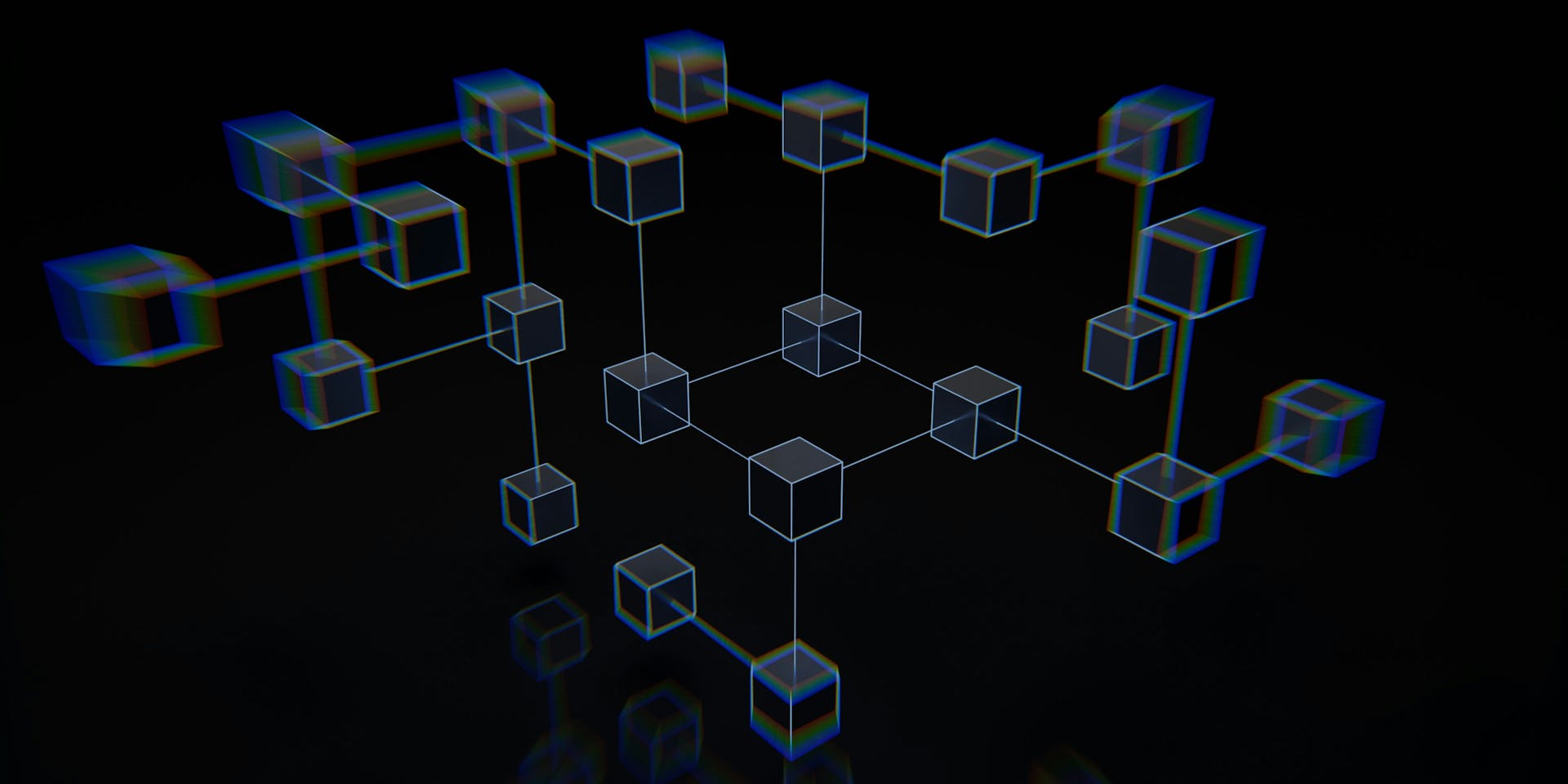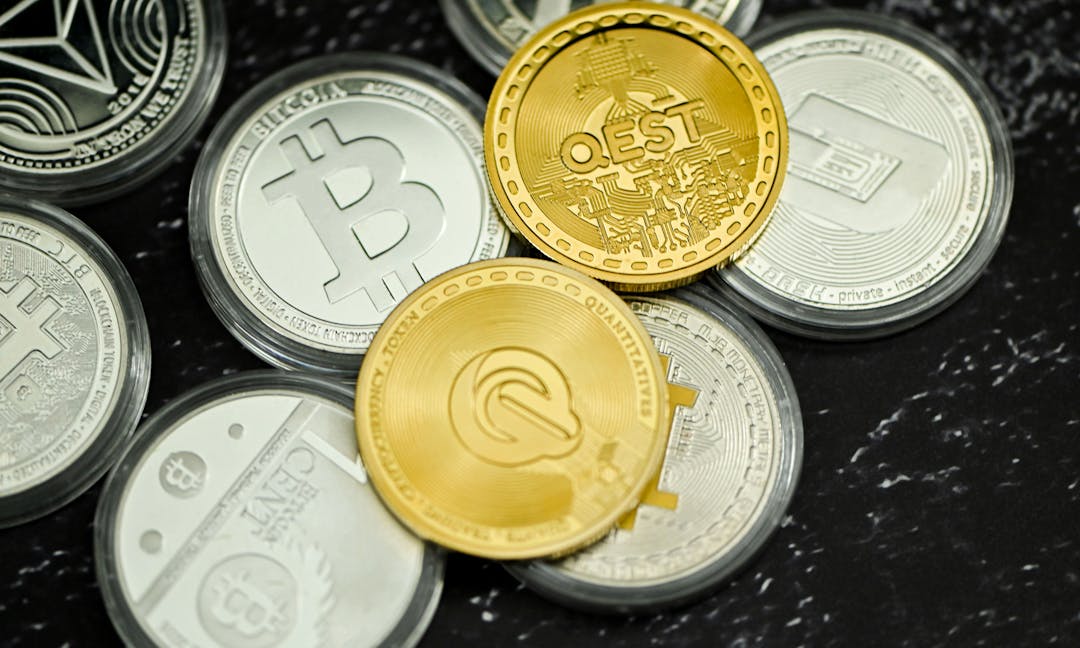An Introduction to Layer 2 DeFi: Unlocking High-Speed, Low-Cost Transactions

The realm of decentralised finance (DeFi) has revolutionised the way we interact with financial services, offering transparency, accessibility, and innovation like never before. At the heart of this revolution lies Ethereum, a blockchain platform that enables smart contracts and decentralised applications (dApps). However, as DeFi continues to gain traction, Ethereum's scalability issues have become a significant bottleneck, leading to high transaction fees and slow processing times. This blog explores how Layer 2 solutions are addressing these challenges, unlocking high-speed, low-cost transactions, and paving the way for the future of DeFi.
Ethereum’s Scalability Challenges
The Backbone Under Strain
Ethereum has been the backbone of numerous DeFi applications, from lending platforms to decentralised exchanges. Its ability to execute smart contracts has made it the go-to platform for developers looking to build decentralised applications. However, this popularity comes with a cost.
High Gas Fees
One of the most pressing issues Ethereum faces is high gas fees. Gas fees are payments made by users to compensate for the computing energy required to process and validate transactions on the Ethereum blockchain. During periods of high network congestion, these fees can skyrocket, sometimes exceeding $100 per transaction. This not only makes microtransactions impractical but also hinders mainstream adoption, as everyday users are priced out of using DeFi applications.
Slow Transaction Times
Alongside high fees, Ethereum struggles with slow transaction times. The network can handle approximately 15 transactions per second (TPS), which pales in comparison to traditional payment networks like Visa, capable of processing thousands of TPS. This limitation leads to delays and inefficiencies, further deterring users and developers.
Hindering Mainstream Adoption
The combination of high fees and slow transactions creates a less-than-ideal user experience. For DeFi to become a viable alternative to traditional financial systems, it must offer comparable, if not superior, performance in terms of cost and speed. Ethereum's current scalability issues stand in the way of this goal, necessitating innovative solutions to overcome these challenges.
The Emergence of Layer 2 Solutions
What Is Layer 2?
Layer 2 refers to solutions built on top of the Ethereum blockchain (Layer 1) to improve its performance and scalability. These solutions handle transactions off the main Ethereum chain, reducing congestion and lowering fees while still benefiting from the security and decentralisation of the mainnet.
How Layer 2 Works
Layer 2 solutions process transactions off-chain and then bundle or compress them before submitting them back to the Ethereum mainnet. This approach significantly reduces the computational load on Layer 1, leading to faster transaction times and lower fees. By offloading the bulk of the transaction processing, Layer 2 solutions alleviate the strain on the Ethereum network.
Key Layer 2 Platforms
Several Layer 2 platforms have emerged to tackle Ethereum's scalability issues, each employing different technologies to achieve similar goals.
Arbitrum
Arbitrum is one of the most prominent Layer 2 solutions, utilising Optimistic Rollups to increase throughput and reduce fees. It processes transactions off-chain and then posts a summary of these transactions to the Ethereum mainnet. Arbitrum supports Ethereum Virtual Machine (EVM) compatibility, making it easier for developers to port their applications without significant changes.
Optimism
Similar to Arbitrum, Optimism also uses Optimistic Rollups. It aims to make transactions instant and gas fees negligible. Optimism focuses on simplicity and ease of integration, providing a user-friendly experience for both developers and users. Its compatibility with existing Ethereum tools accelerates the adoption process.
zkSync
zkSync employs zk-Rollups, a technology that uses zero-knowledge proofs to validate transactions. This method offers enhanced security and scalability by proving the correctness of a large batch of transactions with a single cryptographic proof. zkSync enables high-speed transactions with minimal fees, making it ideal for applications requiring rapid confirmation times.
StarkNet
StarkNet, developed by StarkWare, also leverages zk-Rollups but focuses on scalability and privacy. It allows for complex computations to be performed off-chain and then verified on-chain, ensuring integrity without revealing transaction details. StarkNet opens up possibilities for DeFi applications that require both scalability and confidentiality.
Explosive Growth in Layer 2 Adoption
Surging Total Value Locked (TVL)
The adoption of Layer 2 solutions has been nothing short of explosive. Platforms like Arbitrum and Optimism have seen their Total Value Locked (TVL) soar, each surpassing $5 billion. This surge indicates strong user trust and widespread adoption, as more users and developers migrate to Layer 2 platforms to escape the limitations of Ethereum's mainnet.
User Trust and Adoption
The rapid increase in TVL reflects not just the amount of capital flowing into Layer 2 platforms but also the confidence users place in these solutions. By offering tangible benefits—such as reduced fees and faster transactions—Layer 2 platforms are proving their value proposition. This growing trust is crucial for the continued expansion and maturation of the DeFi ecosystem.
Benefits of Layer 2 Solutions
High-Speed Transactions
By processing transactions off-chain or in batches, Layer 2 solutions significantly increase transaction speeds. This improvement makes DeFi applications more responsive and reliable, enhancing the overall user experience.
Low-Cost Transactions
Reducing gas fees is one of the primary advantages of Layer 2 platforms. Lower fees make DeFi accessible to a broader audience, including users who were previously priced out of the market. This democratisation is essential for achieving mainstream adoption.
Improved User Experience
Enhanced speed and reduced costs contribute to a smoother, more user-friendly experience. Users can interact with DeFi applications without worrying about prohibitive fees or long wait times, encouraging more frequent and varied use of these platforms.
Real-World Use Cases
Uniswap on Arbitrum
Uniswap, one of the largest decentralised exchanges, has deployed on Arbitrum. This integration allows users to trade assets with significantly lower fees and faster transaction times compared to Ethereum's mainnet. The move has expanded Uniswap's user base and increased trading volumes.
Aave on Optimism
Aave, a leading DeFi lending platform, has integrated with Optimism to enhance its services. Users can now lend and borrow assets more efficiently, benefiting from reduced fees and near-instant transactions. This integration showcases the practical benefits of Layer 2 solutions in real-world applications.
Synthetix on Optimism
Synthetix, a protocol for issuing and trading synthetic assets, has also migrated to Optimism. The Layer 2 integration has improved transaction speeds and reduced costs, making it more attractive for users to trade synthetic assets, which require frequent transactions for activities like hedging and arbitrage.
Impact on DeFi and Future Outlook
Unlocking DeFi's Full Potential
Layer 2 solutions are critical in unlocking DeFi's full potential. By addressing scalability issues, they enable applications to function more efficiently, attract more users, and handle increased transaction volumes without compromising performance.
Attracting Institutional Participation
The improvements brought by Layer 2 solutions make DeFi more appealing to institutional investors. Institutions require platforms that can handle large volumes of transactions securely and cost-effectively. Layer 2 technologies provide the necessary infrastructure to meet these demands.
Future Developments
The evolution of Layer 2 is ongoing. Future developments may include enhanced interoperability between different Layer 2 platforms, further reducing friction in the DeFi ecosystem. Additionally, advancements in technologies like zk-Rollups could bring even greater scalability and privacy features.
Conclusion

Layer 2 solutions are revolutionising the DeFi landscape by unlocking high-speed, low-cost transactions. Platforms like Arbitrum, Optimism, zkSync, and StarkNet are at the forefront of this transformation, addressing Ethereum's scalability challenges head-on. The explosive growth in their adoption, evidenced by the surging Total Value Locked, underscores their critical role in the future of decentralised finance.
By mitigating high gas fees and slow transaction times, Layer 2 technologies are removing barriers to entry and fostering a more inclusive DeFi ecosystem. As these solutions continue to mature, they will not only enhance user experience but also pave the way for mainstream and institutional adoption. The fusion of innovation and practicality offered by Layer 2 is setting the stage for a new era in finance—one where decentralised applications can truly compete with traditional financial systems in speed, cost, and accessibility.
Contact Mighty Labs for more information.